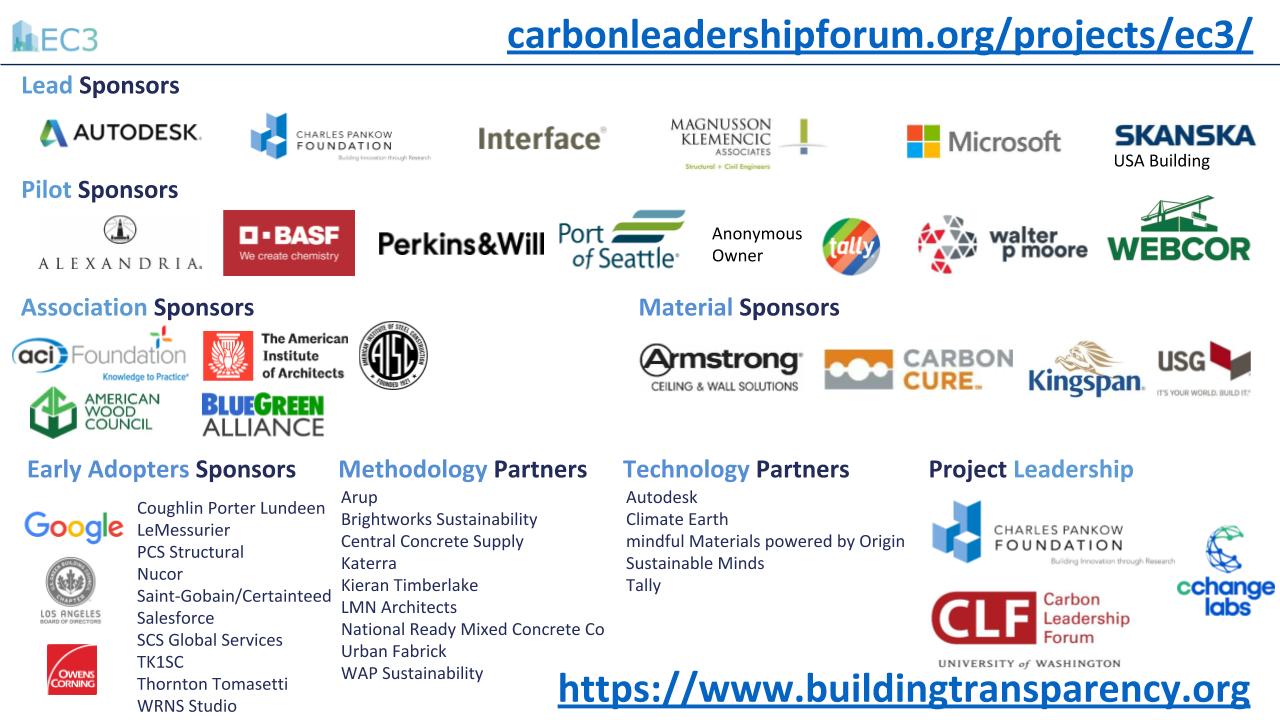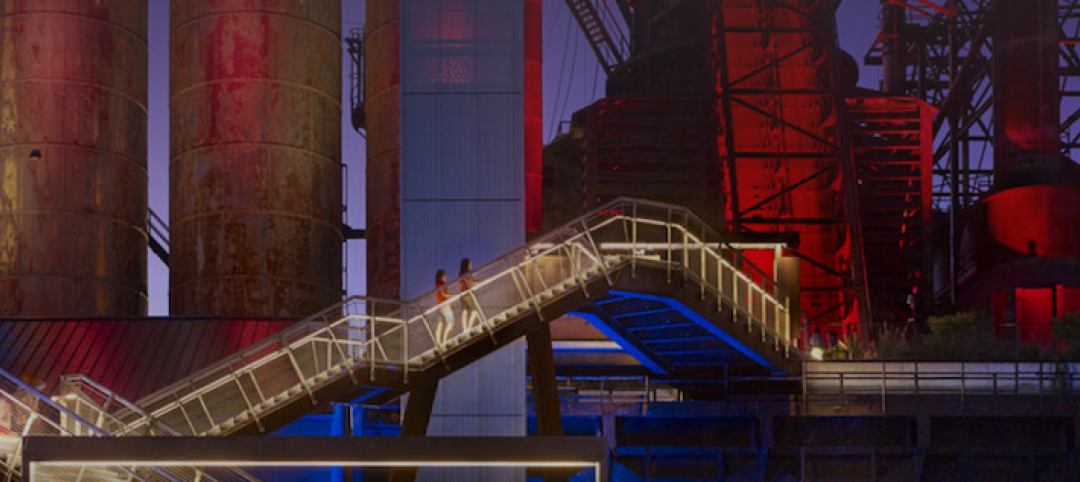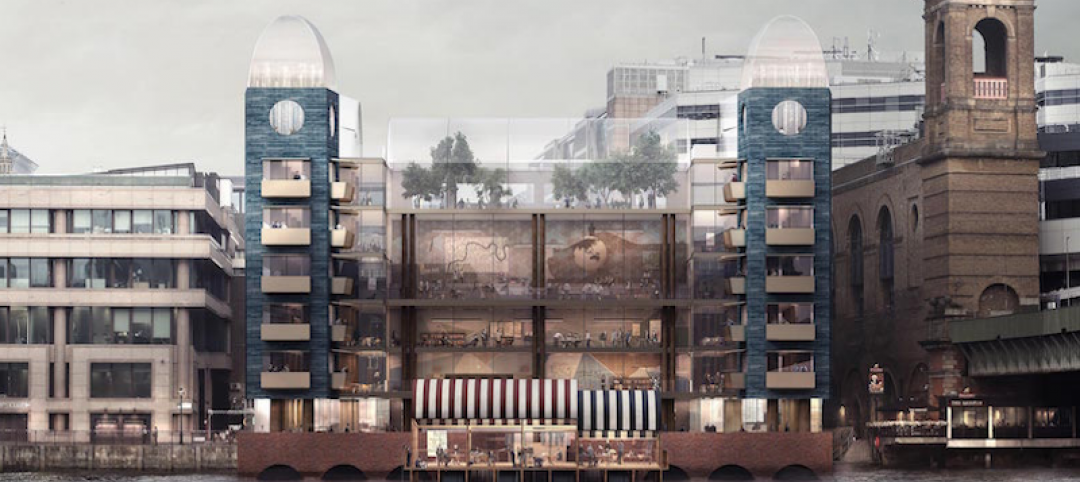Fifty years ago, we were a divided country, but we also went to the moon by agreeing to work together on a common goal. That challenge required stepping out of our competitive silo’s and focusing on something that couldn’t be solved by any one entity alone. It also involved starting down a path before we had all of the answers in order to meet the goals. We did, however, know a direction we wanted to go in and we had a collective motivation to act.
What is our next moon shot? When looking at the “win at all cost” mentalities of our current politics, it is no doubt discouraging to people on all sides. We do, however, face daunting challenges today, and we could use more collective efforts where we chose to work together for a common cause. One of these next moonshot challenges is how we, members of the building community, respond to climate change.
Time is not our friend on this one. If we are to have success, we need to quickly move out of our individual silos and engage the collective of the building community: owners, architects, engineers, contractors, and material suppliers. If we can find common causes where we can work together, we can set forth thoughtful ideas, and scale their speed of adoption.
A recent example of how this can happen in the AEC industry is the development of the Embodied Carbon in Construction Calculator (EC3). Nearly 50 industry partners came together to develop and deploy this groundbreaking cloud-based tool. It is free and open access. It helps building teams evaluate a project’s overall embodied carbon emissions during design and procurement decision making, making it easier to compare like materials, and enabling the specification and procurement of the lower carbon material options.
The tool and its subsequent impact on the industry is driving a growing demand for lower-carbon building solutions and incentivizing manufacturers and suppliers to invest in disclosure, transparency, and material innovations that reduce the carbon emissions of their products. (To understand how to integrate EC3 into a project’s workflow, check out the EC3 AEC industry primer.)
There are many partners that have helped bring the EC3 tool into existence, including Skanska and C Change Lab’s origin of the idea. For our part, the MKA Foundation as the lead funder to date, in coordination with the Charles Pankow Foundation, as both a funder and the collective grant manager, supported the Carbon Leadership Forum for the tool’s development.
Embodied Carbon in Construction Calculator (EC3) Partners

CLICK HERE TO ENLARGE
One key to this effort’s success was the approach advocated by the Charles Pankow Foundation and the Carbon Leadership Forum, encouraging a culture focused on collective impact and collaborative actions--where self interests routinely are set aside so diverse groups of leaders can engage, challenge conventional wisdom, and reshape the conversation.
This approach led to peers and competitors alike being able to engage in a common space, including for the structural community, the American Institute of Steel Construction (AISC), the American Concrete Institute (ACI), and the American Wood Council (AWC), each providing funding and technical input. Getting these three main material-focused organizations to agree to work on a common effort that was bigger than any one of them has been a major collective action accomplishment.
The model deployed by this project raises the bar for how the design and construction industries can come together to work on collective initiatives that are in all our interest. Through collective action, it is already paving a way to address the carbon reduction goals for our industry.
We hope that this project will inspire our industry to do more of the same. If you have an idea worthy of a collective action initiative, we invite you to engage this same model and seek out partners that are willing to invest and engage with you to bring your idea forward. When we choose to work together, many things are possible. Even ideas as ludicrous as going to the moon.
Related Stories
Hotel Facilities | Jun 29, 2017
Luxury, plant-covered hotel unveiled for site near the River Seine
Kengo Kuma is designing the hotel, which will feature a large garden and a plant-covered façade.
Sustainability | Jun 28, 2017
Mohawk College will have one of the region’s first net-zero energy institutional buildings
The project’s net-zero goals led to the development of a new curtain wall system.
Building Team | Jun 27, 2017
Bruner Foundation announces 2017 Rudy Bruner Award for Urban Excellence gold and silver medalists
The SteelStacks Arts and Cultural Campus in Bethlehem, Pa., receives the gold medal and $50,000.
Green | Jun 23, 2017
Want a healthy building? Follow this primer on two new wellness standards
Since its development in the 1990s, the LEED rating system has been applied to over 19.1 billion total commercial square feet.
Codes and Standards | Jun 21, 2017
World Green Building Council: All buildings must be net zero by 2050 to avert 2°C rise
Building efficiency essential to tempering global climate change.
Green | Jun 16, 2017
Could this become London’s greenest building?
Curl la Tourelle Head Architecture wants to create a school powered by the River Thames.
Green | Jun 15, 2017
45-meter spiraling tower lets you walk above the trees
A 600-meter treetop path culminates with a 45-meter-tall spiraling observation deck.
Green | Jun 14, 2017
After Paris: What’s at stake for the building industry
In the wake of President Trump’s unilateral decision to withdraw the U.S. from the 2015 Paris Climate Agreement, many in the building industry have optimistically pointed to unstoppable market forces pushing the sector towards a post-carbon future.
| Jun 13, 2017
Accelerate Live! talk: Next-gen materials for the built environment, Blaine Brownell, Transmaterial
Architect and materials guru Blaine Brownell reveals emerging trends and applications that are transforming the technological capacity, environmental performance, and design potential of architecture.
Office Buildings | Jun 8, 2017
Take a look at the plans for Google’s new 1 million-sf London campus
Heatherwick Studio and BIG are designing the 11-story building.
















